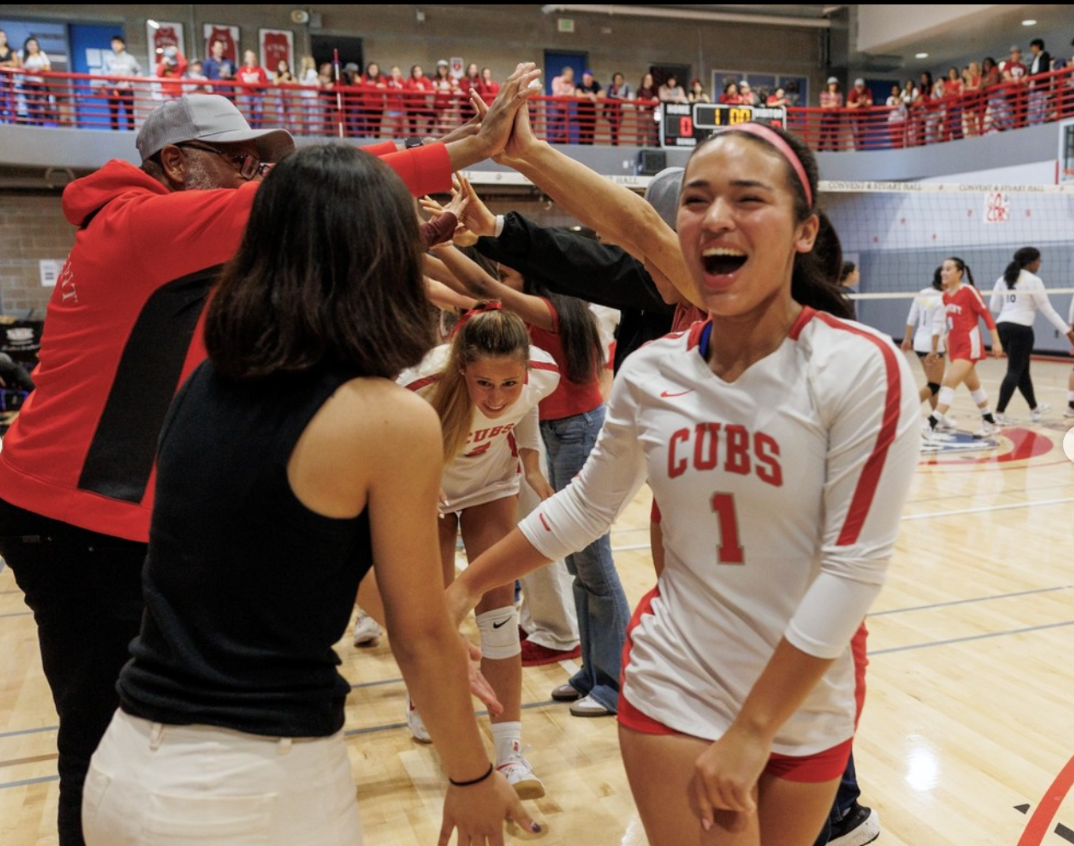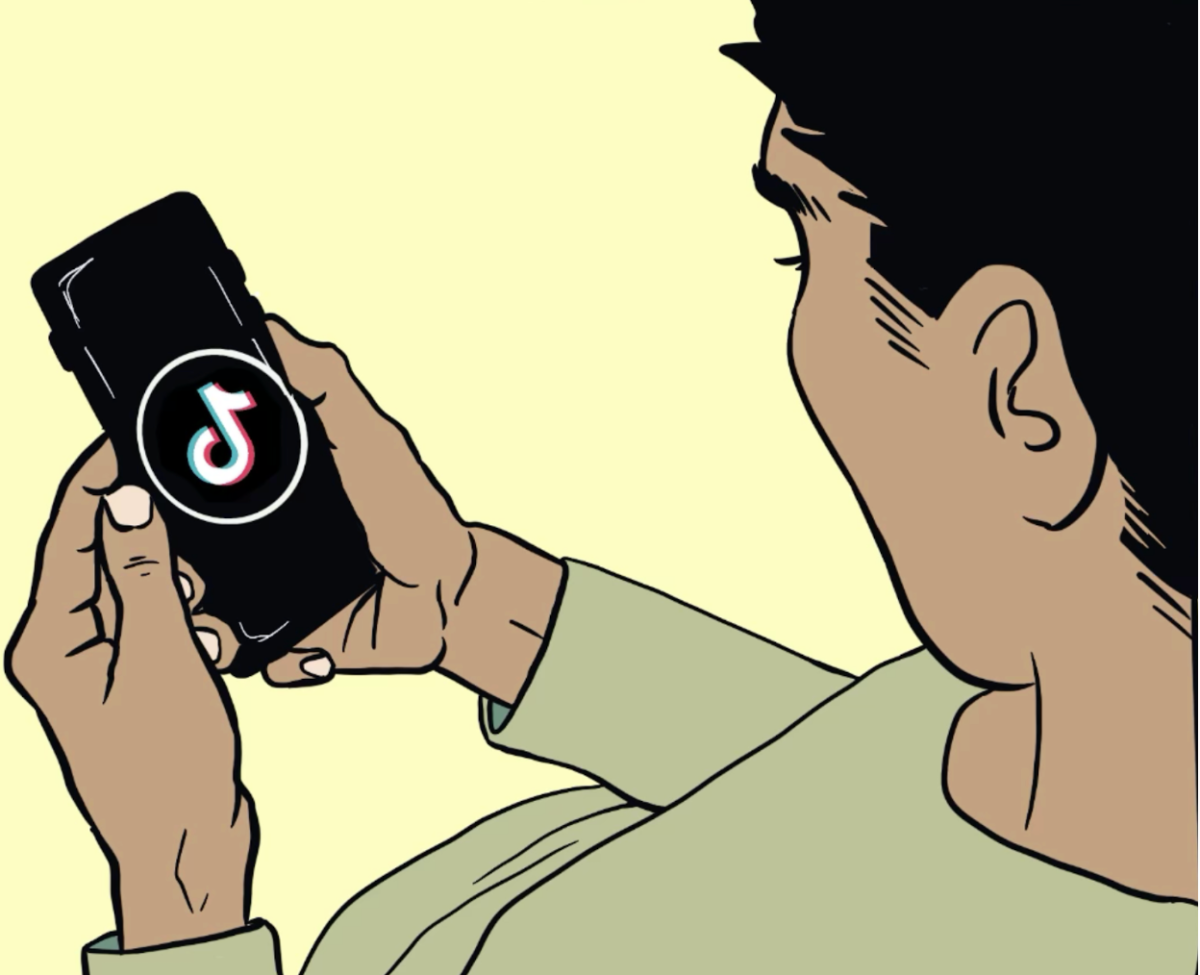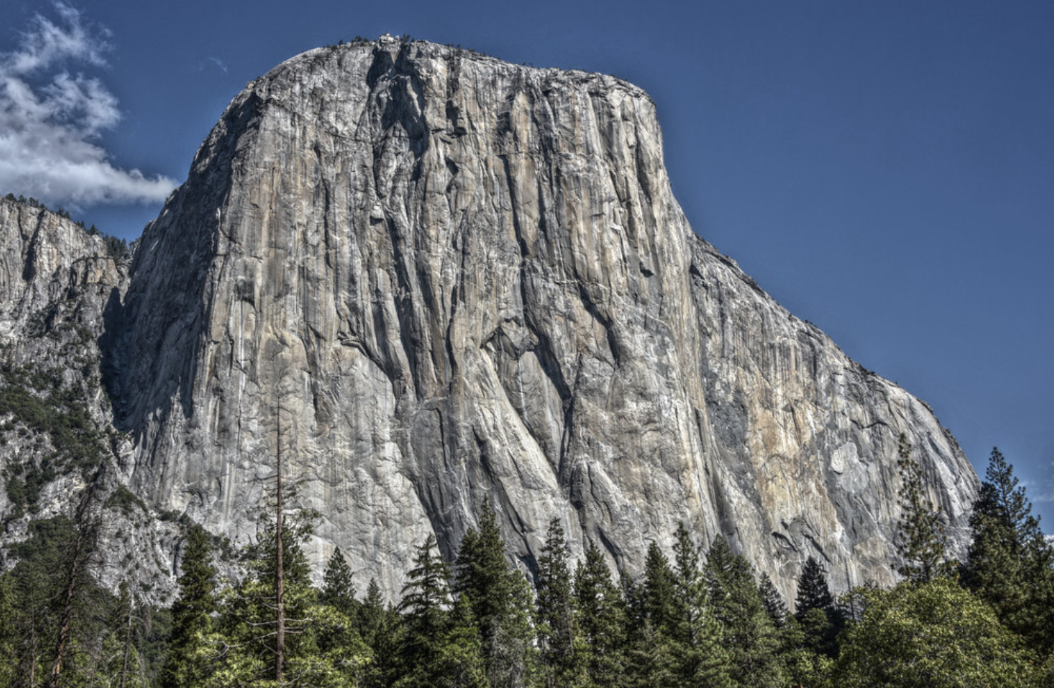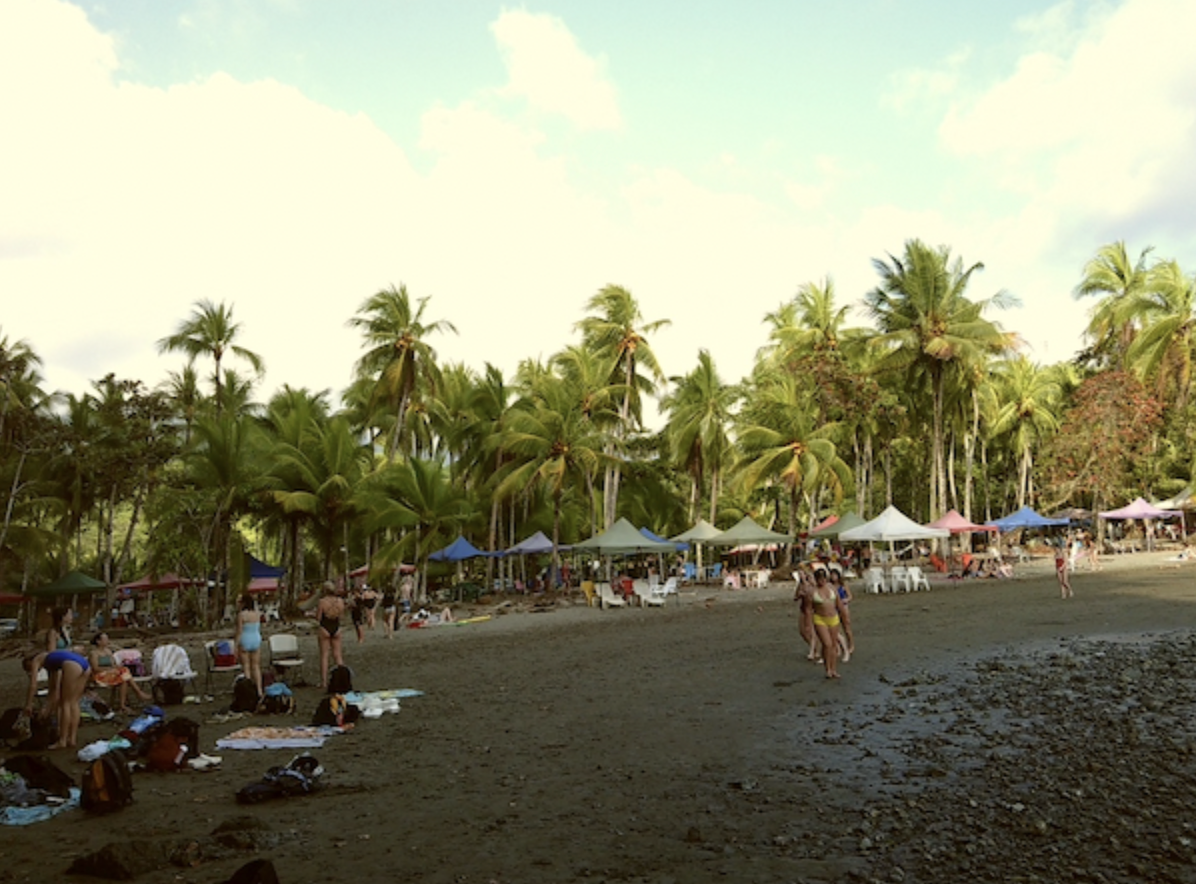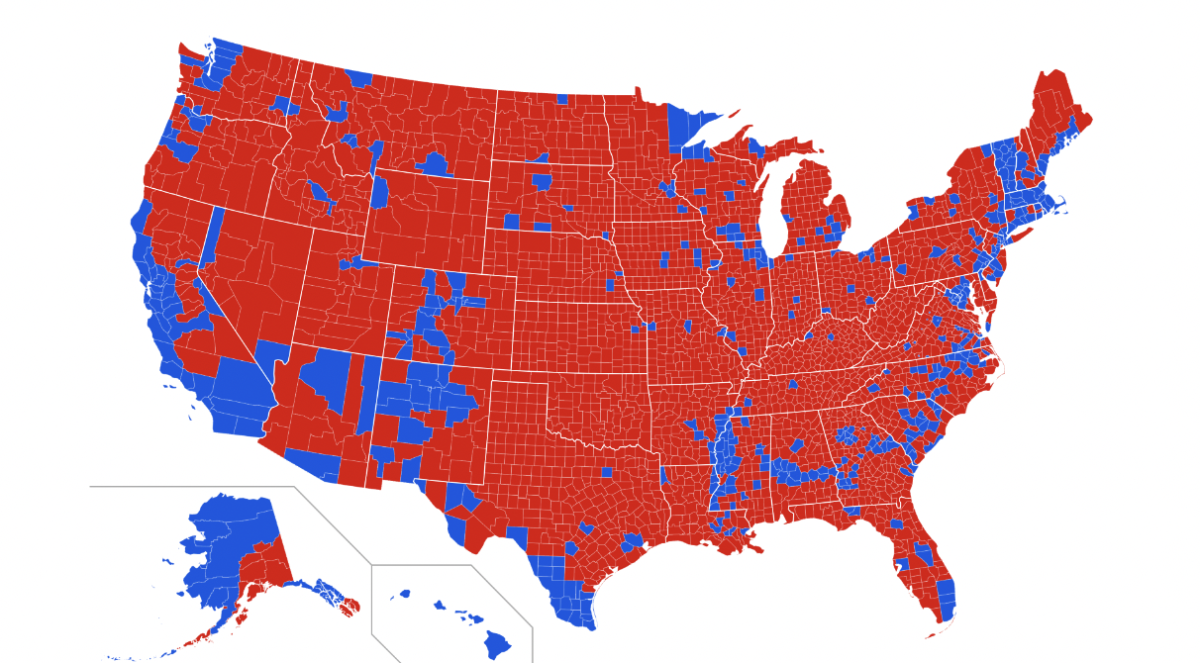Sophie Gilchrist
Sports Editor
Despite initial reports that 4 million people would show up for the inauguration of Barack Obama and only 1.8 million people are estimated to have visited the Washington D.C. area, District officials were ill-prepared for the event.
On inauguration day, I was with a group of students who got off the D.C. Metro around 5 a.m. and walked to an unmarked gate that could be either for the parade or for the inauguration at the Mall. The map in the Washington Post showed entrances for both events, but did not specify which entrances were for which events.
At first there were four concrete barriers where people were standing in line waiting to enter the gates for the parade — it turned out that we were at the wrong entrance and would have to cross the parade to go to the Mall.
After 30 minutes of standing in line, news spread that the gates were going to open soon, about an hour and a half before the scheduled time everyone then ran forward, leaving the neat lines they had previously occupied.
We stayed jammed-packed without being able to move much for four and a half hours with the space between each other getting smaller and smaller as the time went on.
Although the crowd was told that the gates would open at 7 a.m., the gates opened an hour and a half later. Meanwhile, two people fainted, possibly from complications from the 20 degree weather — plus wind chill. Once the gates opened, it was revealed there were only four metal detectors for the tens of thousands of people waiting at that particular entrance.
Later we learned the other half of our student group bypassed the metal detectors entirely when they found open gates by the Smithsonian on the south side of the Mall and had their seats staked out by 6 a.m.
To get to the Mall we had to pass through the parade. The uniformed personnel kept showing us the passing point but would not let the crowd cross the parade to pass until President Obama drove by from his way to the inauguration.
The public was told before the event that the Metro stations near the Mall and the parade route would be shut down for several hours for security reasons. This caused for a problem for people trying to leave the district, backing up entrances to open Metro stations took over two hours.
When the San Francisco Municipal Railway (Muni) lines or Bay Area Rapid Transit (BART) is not working, the transit agencies provide a “bus bridge,” driving buses go along the route that is closed for the trains. Had officials in Washington D.C. did this, people would have been able to leave the Mall and head to their destinations faster and easier.
While the safety of the elected and officials and the crowds was maintained, more could have been done to keep people safe. Had more people come or had the weather colder, there might have been a disaster.
Washington D.C. lucked out.



